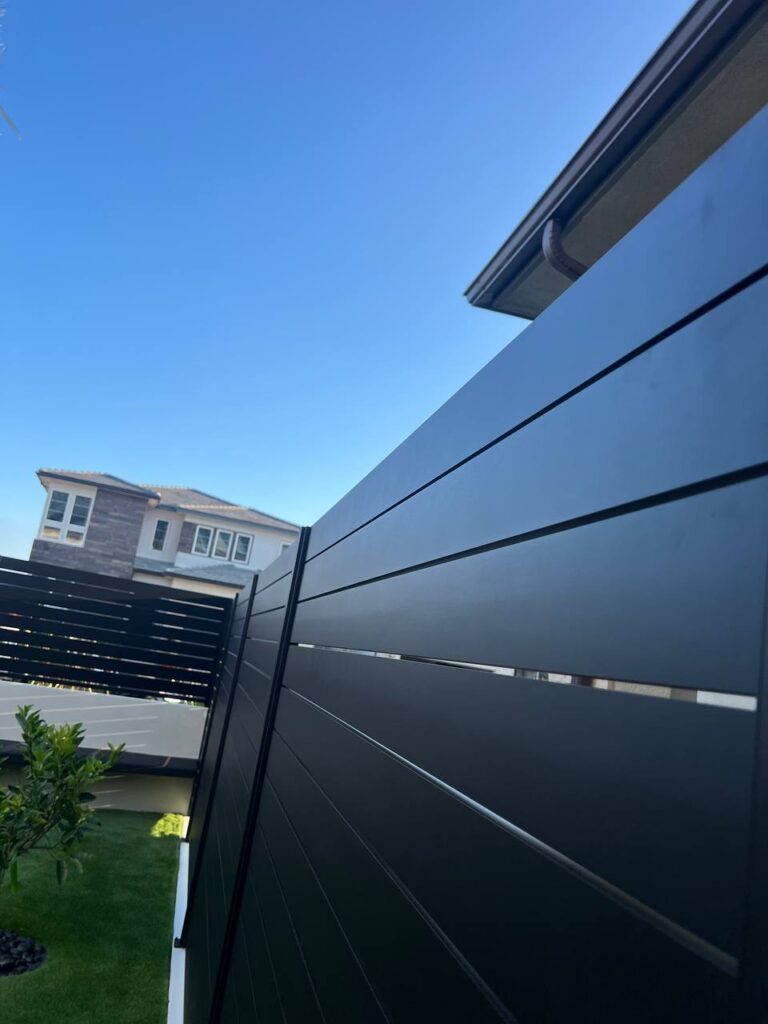Effective Tips for Budgeting Your New Fence Installation
Installing a fence is a smart investment for both security and curb appeal, but without proper planning, costs can spiral out of control. Whether you’re fencing a small backyard or an entire property, budgeting effectively can help you stay on track financially while still getting the look and function you want. Here are key tips to help you prepare your fence budget wisely.
1. Check Local Zoning Codes First
Before you start pricing materials or labor, it’s essential to check your local zoning regulations. These laws may dictate the allowable height, materials, and location of your fence. For instance, some areas prohibit front yard fences or have height restrictions for fences near roads. Ignoring these rules can lead to costly do-overs or legal penalties.
Where to Check Fencing Regulations
You can typically find zoning code information by visiting your local municipality’s website or contacting your city’s planning department. If you’re in Los Angeles, click here for helpful links and resources.
2. Identify Your Main Purpose
Why are you installing a fence? Is it for privacy, safety, aesthetics, or pet containment? Knowing this will help you choose the right style, height, and material without overspending. For instance, if you need privacy, a tall solid wood or vinyl fence is a must. If it’s simply decorative, you can save with a low-cost picket fence.
Match Fence Type to Your Goals
If your priority is pet safety, consider aluminum or horizontal slat fences. For full privacy, look into aluminum privacy panels or vinyl privacy fences. Each goal has a best-fit material and height combination to balance cost and function.
3. Get at Least 3 Quotes
Contact multiple professional fence installers to compare pricing. Make sure they’re quoting on the same materials and length for a fair comparison. Look beyond just the price—check reviews, licenses, and how detailed their breakdown is.
Watch for Red Flags
A vague or lump-sum quote might hide surprise charges. Ask for a detailed quote listing material, labor, permits, and cleanup costs. At Globus Gates, we always provide transparent, line-item estimates so you know exactly what you’re paying for.
4. Consider a DIY Option (But Be Realistic)
Installing your own fence can dramatically reduce labor costs—but only if you’re equipped for the task. DIY projects take time, energy, and some construction knowledge. You also risk mistakes that could lead to extra costs later.
DIY Tips to Save Smart
- Use online tutorials and fence calculators to plan material needs.
- Shop discount centers for surplus wood or aluminum.
- Ask about rental tools instead of buying them.
5. Explore Smart Payment Options
If your fencing budget is tight, consider financing—but be cautious. Paying with a low-interest home improvement loan or line of credit can spread out your payments without major interest. Avoid using credit cards unless you can pay them off quickly.
Should You Pay Cash?
If you’ve saved enough, paying cash avoids fees and keeps things simple. But if it delays needed security or privacy upgrades, smart financing may be the better choice.
6. Plan Ahead to Stay Within Budget
Once you have quotes and goals, create a budget spreadsheet. Include materials, labor, permit fees, taxes, cleanup, and a buffer of 10–15% for surprises. This way, if something goes over, you’re not caught off guard.
Use Budgeting Tools
Free tools like Google Sheets or budgeting apps can help you track quotes and adjust as needed. Keep a running total as you compare vendors and select materials.
7. Be Flexible and Prepared for Changes
Fencing materials—especially wood—can vary in price depending on season and availability. Be ready to substitute a different style or material to stay within budget without compromising too much on looks or quality.
Examples of Affordable Substitutes
- Choose aluminum over wrought iron for decorative fencing.
- Use pressure-treated pine instead of cedar.
- Opt for prefabricated panels instead of custom-cut fencing.
Final Thoughts: A Smart Fence is a Planned Fence
Planning and budgeting your fence project ahead of time is the key to staying in control of costs. From permits to material selection, the more you research and plan, the smoother the process will be. And if you’re looking for expert help, contact our team at Globus Gates in Los Angeles for professional, affordable installation with no surprises.


